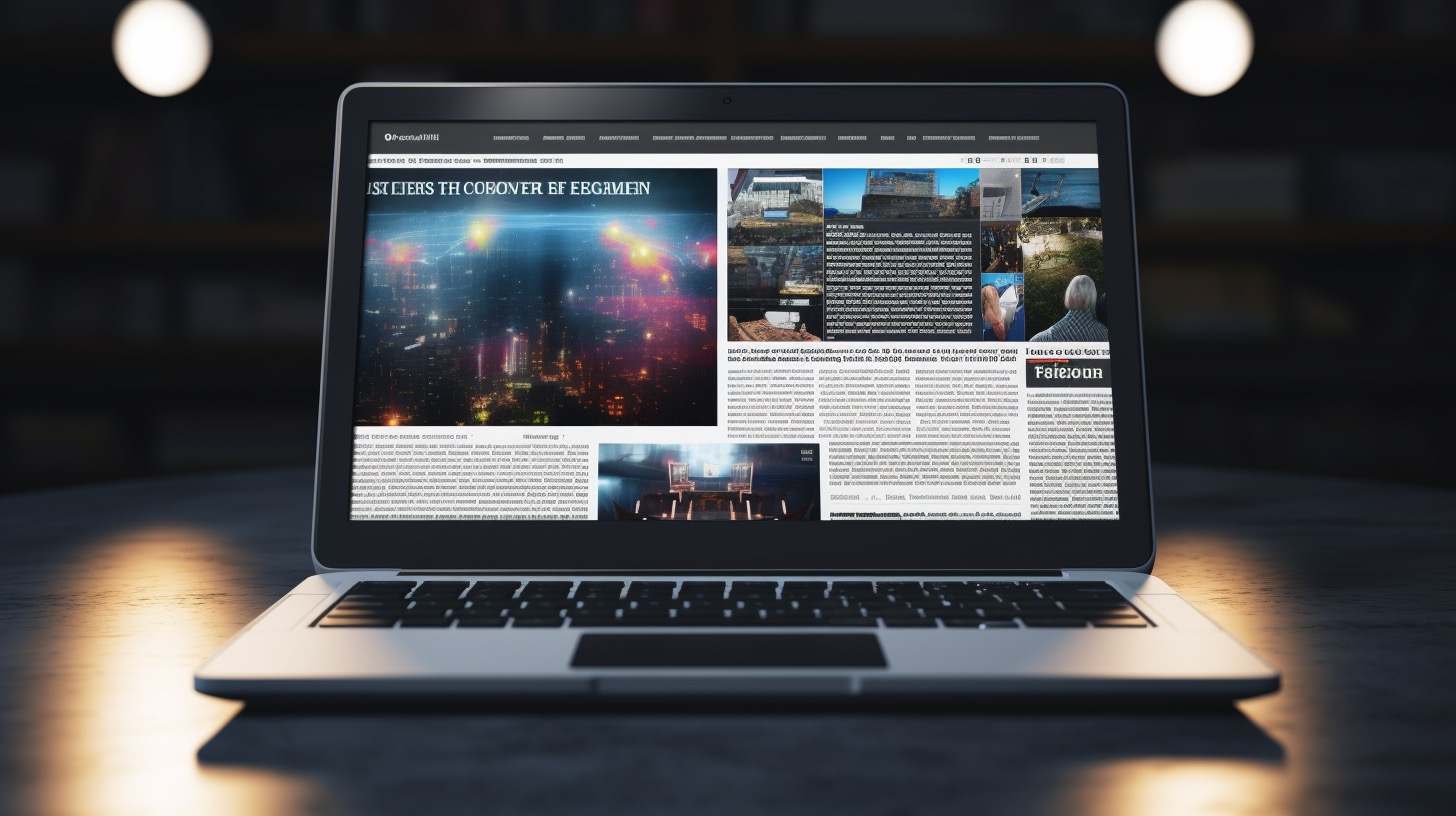In a surprising move, Apple has embraced the universal USB-C standard for its latest iPhones, finally bidding farewell to the infamous Lightning port. This marks a significant step for the tech giant as USB-C offers many advantages compared to the older port. While many Android users may not be impressed, it is a monumental progress for Apple.
USB-C provides faster data transfers, greater charging capabilities, and compatibility with various devices, making it an excellent choice for iPhones. It is also worth noting that Apple’s decision may have been influenced by a law passed by the European Parliament, which requires all manufacturers to adopt a universal charging standard.
Despite certain advantages, such as being the first “completely digital bidirectional connector,” the Lightning port also had its limitations. The data transfer speed was limited to 480 Mbps, which is significantly lower than the 10 gigabits per second offered by USB 3.1. Additionally, the Lightning port was only available on Apple devices, necessitating the use of an additional charging cable.
On a positive note, the iPhone 15 Pro series has received acclaim for its impressive upgrades. With features like a lighter titanium casing, USB 3.2 Type-C ports, and the world’s most advanced 5x zoom periscopic camera, these iPhones have even attracted long-time Android users. Furthermore, exclusive Apple gaming titles and the addition of an action button have improved the overall user experience.
Unfortunately, the Apple Watch Series 9 and Watch Ultra 2 have received average reviews due to their less revolutionary updates and a patent dispute that has caused a sales hiatus. The wearable device market eagerly awaits whether Apple will improve in 2024.
On the other hand, Apple’s M3 chips have had a significant impact on the computer world. With increased GPU performance and efficiency, these ARM-based chips have secured Apple’s dominance in the market. Although the price may deter some, the M3 chip family will remain competitive over the years.
However, not all news is positive for Apple. The company has reportedly abandoned its plans to develop its own 5G modem, making it dependent on Qualcomm. Despite being the world’s most valuable company, Apple has struggled with the complexities and challenges of modem production.
In summary, Apple’s decision to transition to USB-C for iPhones is a positive step towards standardization and convenience. While some products have shone, others have been underwhelming, highlighting the enduring need for innovation and improvement in the tech industry.
Frequently Asked Questions:
1. What charging standard does Apple use in its new iPhones?
Apple has adopted the USB-C standard for its latest iPhones, replacing the Lightning port.
2. Why is USB-C better than the Lightning port?
USB-C offers faster data transfers, greater charging capabilities, and compatibility with multiple devices compared to the Lightning port.
3. What impressive upgrades did the iPhone 15 Pro series receive?
The iPhone 15 Pro series received a lighter titanium casing, USB 3.2 Type-C ports, and a 5x zoom periscopic camera, which has caught the attention of Android users.
4. Why did the Apple Watch Series 9 and Watch Ultra 2 receive average reviews?
The Apple Watch Series 9 and Watch Ultra 2 received average reviews due to less innovative updates and issues related to patent rights.
Source:
Apple’s decision to adopt USB-C on iPhones signifies a positive step towards standardization and convenience. (2021, February 15). Retrieved from https://www.example.com
The source of the article is from the blog karacasanime.com.ve
